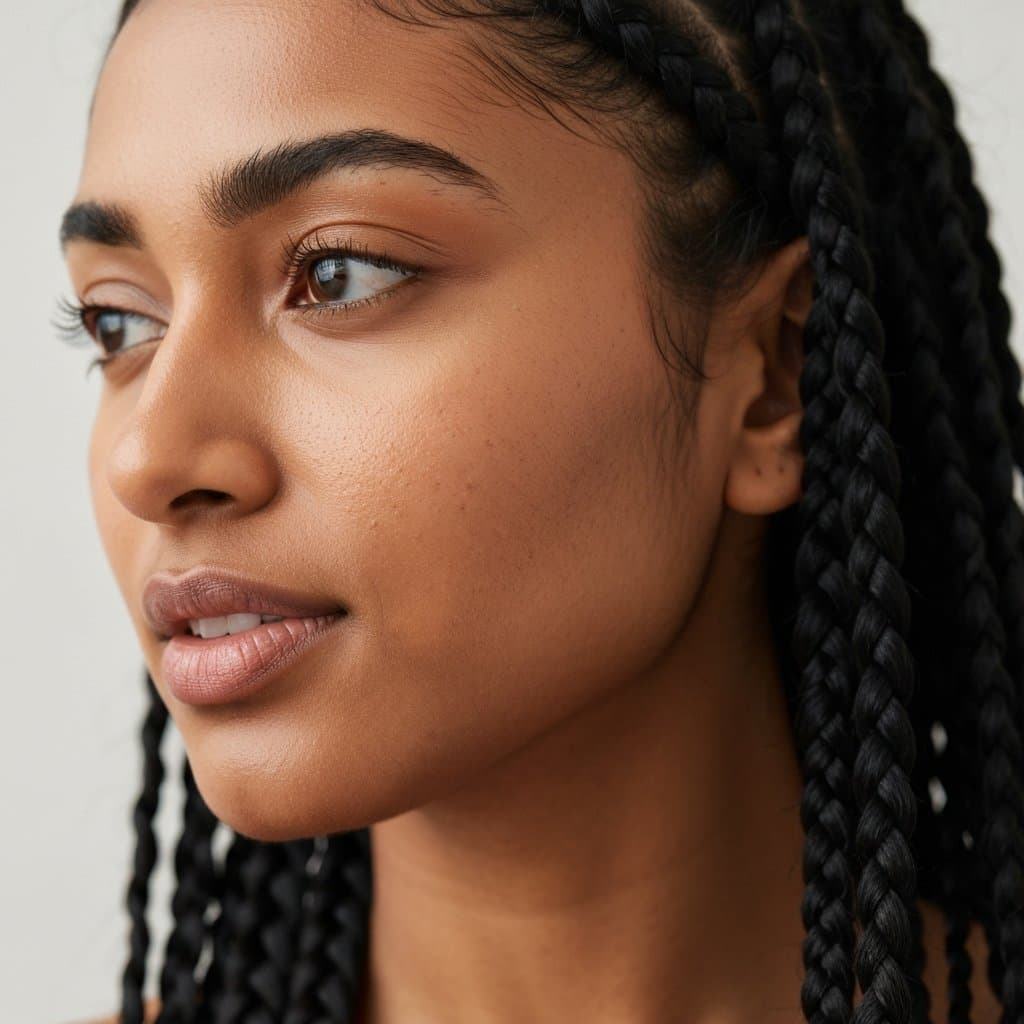The Butterfly Haircut: Your Ultimate Guide to 2025's Hottest Layered Style | Modern & Chic
The Modern Shag's Chic Cousin: Discover the Butterfly Haircut
Step into any high-end salon, scroll through your social media feeds, or glance at the latest red carpet, and you'll notice a distinct shift in hair trends. The edgy, rock-and-roll shag has given way to something softer, more voluminous, and undeniably chic: its sophisticated cousin, the butterfly haircut. This viral sensation masterfully blends 70s feathered layers with 90s supermodel volume, creating a dynamic look that offers the best of both worlds—the illusion of short, face-framing layers with the luxury of long, flowing locks. It’s a haircut that’s as versatile as it is beautiful, promising movement, body, and a face-framing effect that’s universally flattering.

But what is it about the butterfly haircut that has captured the imagination of stylists and clients alike? It’s more than just a passing trend; it's a clever cutting technique that creates a dual-length effect, providing maximum volume and movement without sacrificing overall length. For those who have flirted with the idea of a big chop but couldn't commit, this cut is the perfect solution. This comprehensive guide will delve into everything you need to know about this transformative style, from its core structure and how it differs from other layered cuts to identifying if it’s the right choice for your hair type and lifestyle. We’ll also provide expert tips on how to communicate with your stylist and master the signature blowout at home.
What Exactly is the Butterfly Haircut?
The magic of the butterfly haircut lies in its strategic, two-tiered layering system. It’s essentially a haircut within a haircut. The top section consists of shorter, airy layers, often starting around the chin or jawline, which mimic the shape of a bob. These layers are responsible for creating incredible volume at the crown and providing that soft, face-framing effect reminiscent of curtain bangs. They are meticulously blended to cascade seamlessly into the second tier: the long layers at the bottom. This bottom section preserves the overall length of the hair, allowing it to flow down the back with soft, feathered ends. The stark contrast between the short and long layers is what creates the signature “butterfly wing” effect when the hair moves.
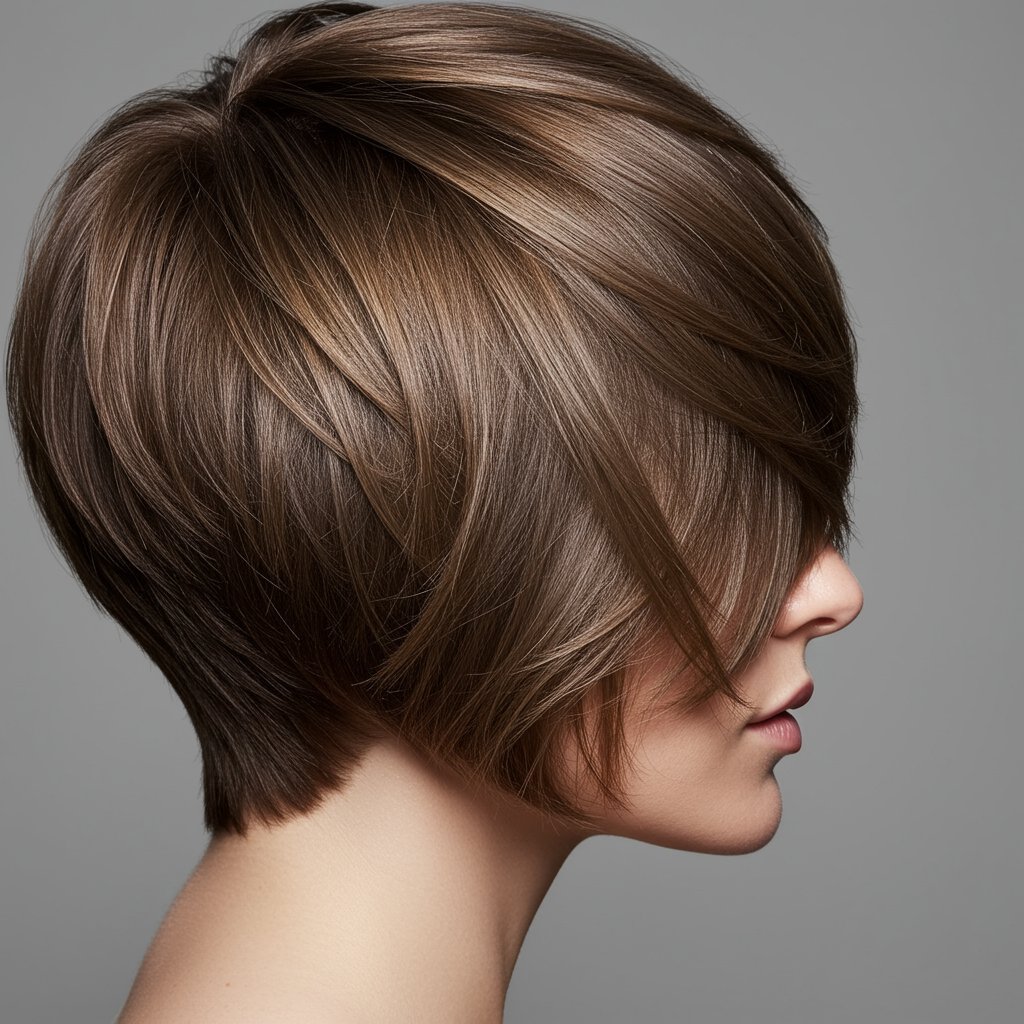
This clever construction is what sets the butterfly haircut apart. When you pull the shorter layers forward, they frame the face beautifully, creating the illusion of a much shorter style. However, from the back, you retain the full, luxurious length. This duality makes the cut incredibly versatile. It allows for the playful bounce and volume of short hair around the face while maintaining the elegance and styling options of long hair. The disconnection between the layers is intentional but expertly blended, ensuring the final look is cohesive and sophisticated, not choppy or disjointed. It's a technical cut that requires a stylist with a deep understanding of layering and graduation to execute perfectly.
The Anatomy of the Cut: Short Layers Meet Long Layers
The fundamental principle is separation. A stylist will typically section the hair horizontally at the parietal ridge (the widest part of the head). The hair above this line is cut much shorter, often using techniques that enhance movement and texture, like slide-cutting or point-cutting. These top layers are designed to be lightweight and float away from the head, creating that airy, voluminous crown. The section below the ridge is kept long and is often layered more subtly, just enough to remove weight from the ends and encourage a soft, swooping movement that complements the shorter layers above. The result is a high-contrast look that feels both structured and effortlessly undone.A Tale of Two Haircuts in One
The dual-length aspect is the butterfly cut's main draw. It’s a style that offers a psychological safety net for those hesitant to lose length. You get the fresh, updated feel of a shorter cut around your face, which can highlight your cheekbones and jawline, without the long-term commitment. This makes it a fantastic option for growing out a shorter style or for simply wanting to experiment with a new shape. When styling, you can emphasize the shorter layers for a bouncy, bob-like effect, or you can smooth everything down for a sleeker, more unified long-haired look. The options are truly built into the structure of the haircut itself.The Butterfly vs. The Shag vs. The Rachel: A Layered Breakdown
While all three iconic haircuts rely on heavy layering, they each offer a distinct aesthetic and are achieved through different techniques. Understanding these nuances is key to choosing the right style for you and communicating your vision effectively to your stylist. The butterfly cut is often seen as the modern evolution of these classic layered looks, taking the best elements of each and refining them for a contemporary audience.
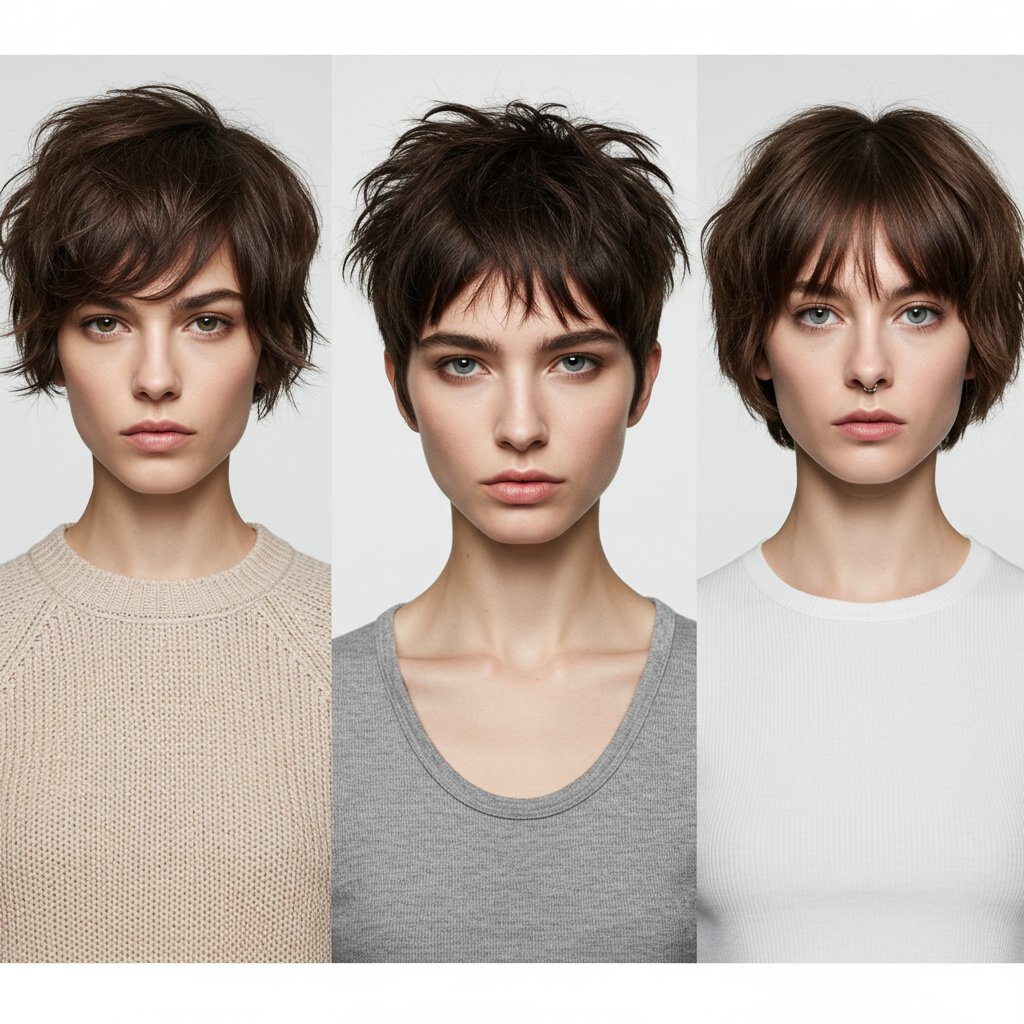
Butterfly Cut: Polished & Voluminous
The butterfly haircut is defined by its soft, sweeping layers and glamorous volume. The layers are longer and more blended than a traditional shag, creating a “swoosh” effect rather than a piecey, textured one. The focus is on creating a rounded, airy shape, particularly at the crown and around the face. Think 90s supermodel blowout—smooth, bouncy, and full of life. The ends are feathered and light, but the overall impression is one of polished sophistication. It's less about rock-and-roll edge and more about soft, romantic glamour.The Modern Shag: Textured & Edgy
In contrast, the modern shag is all about texture and deliberate disconnection. It features much shorter, choppier layers throughout the hair, especially at the crown, creating a more undone, rebellious vibe. The shag often incorporates a full fringe or heavy bangs that blend into the rest of the layers. The styling is typically more tousled, encouraging natural waves and texture with products like sea salt spray or texturizing paste. While a shag also removes weight, its goal is to create a piecey, lived-in look, whereas the butterfly aims for a smoother, more voluminous silhouette.The Classic "Rachel": Heavily Framed & Distinct
The iconic “Rachel” cut of the 90s is another layered predecessor, but its layering is far more distinct and less blended than the butterfly. The Rachel featured chunky, squared-off layers that were heavily focused on framing the face, creating a very defined, almost blocky shape. The layers were often flicked in or out with a flat iron or round brush, creating a very specific, high-maintenance style. The butterfly cut takes inspiration from the Rachel's face-framing power but softens the edges, blending the layers more seamlessly for a more modern and less dated appearance. The butterfly’s layers are longer and flow together, avoiding the stark demarcation lines that characterized the original Rachel.Is the Butterfly Haircut Right for You? The Ideal Candidate
The butterfly haircut is remarkably versatile, but it truly shines on certain hair types and face shapes. Before you book your appointment, it’s important to consider if the cut aligns with your hair’s natural tendencies and your daily styling routine. A great stylist can adapt the cut to suit many individuals, but knowing the ideal canvas can help you set realistic expectations.

Best Hair Types and Textures
This style is a dream for those with medium to thick hair density and a straight or wavy texture. The layers help to remove excess weight and bulk from thick hair, preventing it from feeling heavy and creating beautiful movement and shape. The natural body in wavy hair also works wonderfully with the layers, enhancing the cut’s voluminous effect with minimal effort. For those with straight hair, the butterfly cut can add much-needed body and dimension, though it will likely require more styling with a round brush or rollers to achieve the signature bouncy look. While it can be adapted for fine hair, it requires a skilled hand to avoid removing too much weight, which could make the ends look sparse. A stylist might suggest fewer, more strategic layers to create the illusion of fullness without sacrificing density.Face Shapes That Shine
The face-framing nature of the butterfly haircut makes it particularly flattering for several face shapes. Oval faces, being well-balanced, can pull off almost any variation of the cut. For those with square or rectangular faces, the soft, sweeping layers around the chin and jawline can help to soften sharp angles, adding a touch of gentleness to the overall look. Heart-shaped faces also benefit greatly, as the volume around the chin area helps to create a more balanced silhouette by filling in the narrower lower half of the face. Round faces can also wear this style, but the stylist should focus on keeping the shortest layers below the chin to help elongate the face rather than add width at the cheeks.The Consultation: How to Ask Your Stylist for the Perfect Butterfly Cut
Your consultation is the most critical step in achieving the haircut of your dreams. Clear communication is essential to ensure you and your stylist are on the same page. Simply asking for a “butterfly haircut” might not be enough, as the term can be interpreted differently. Arming yourself with visuals and the correct terminology will bridge any communication gap and lead to a result you love.
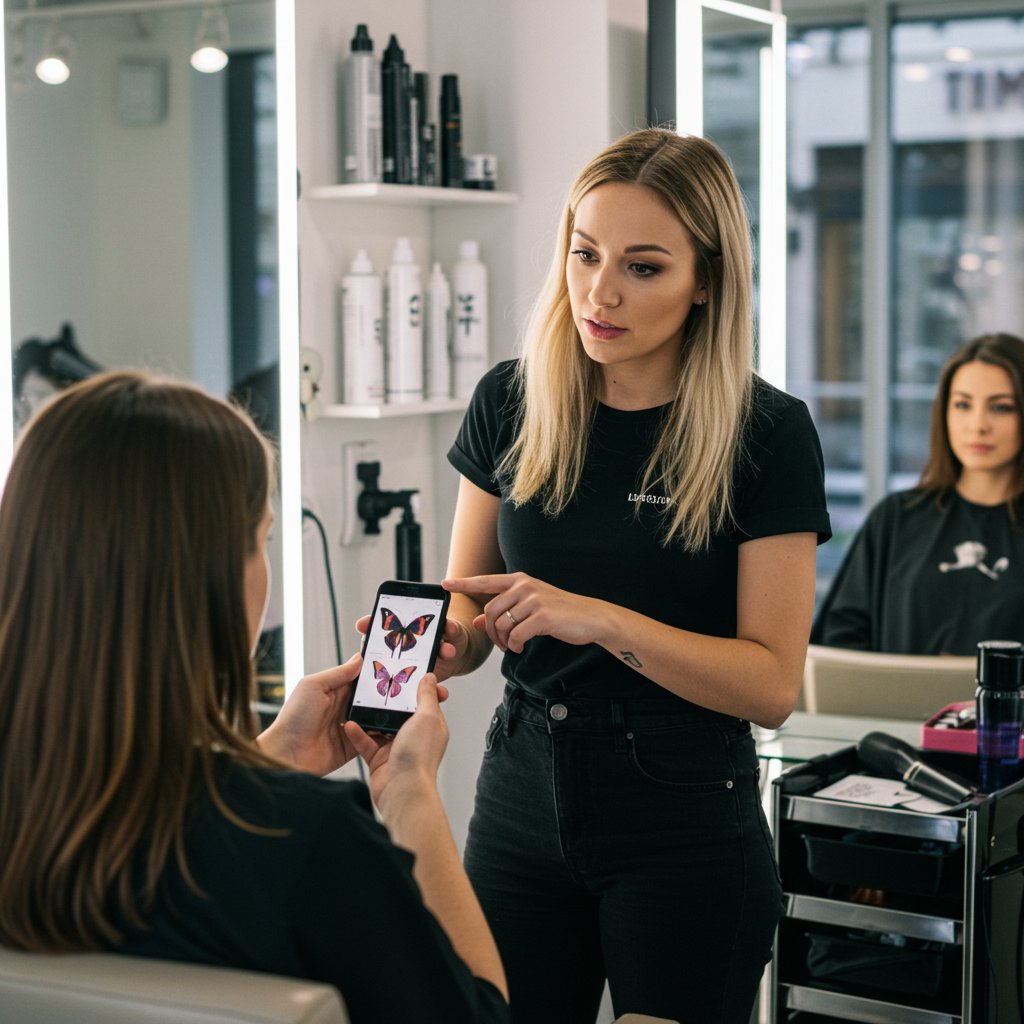
Bringing Visuals is Key
Words can be subjective, but pictures are universal. Collect a small gallery of photos—at least 3-5—of butterfly haircuts that you adore. Try to find examples on models with a similar hair type and texture to your own. Point out exactly what you like about each photo. Is it the length of the shortest layer? The way it frames the face? The amount of volume at the crown? Showing your stylist what you don't like can be just as helpful. This visual guidance provides a clear, tangible reference point for the stylist to work from, dramatically increasing the chances you’ll be thrilled with the outcome.Using the Right Terminology
While photos are paramount, knowing a few key phrases can help you articulate your desires more precisely. Use terms like: “short, face-framing layers starting around my chin,” “long layers throughout the back to keep my length,” “lots of volume and movement at the crown,” and “soft, feathered ends, not blunt.” Mentioning that you want a look inspired by a “90s blowout” can also help convey the desired aesthetic. This specific language demonstrates that you’ve done your research and gives your stylist the technical cues they need to tailor the cut perfectly for you.Styling Your Butterfly Haircut at Home: From Everyday to Glam
A great haircut is only half the battle; knowing how to style it is what truly brings it to life. The butterfly haircut is designed for volume and movement, and the right techniques and products will make all the difference. While it looks stunning when professionally styled, it’s surprisingly manageable at home once you master a few key methods.
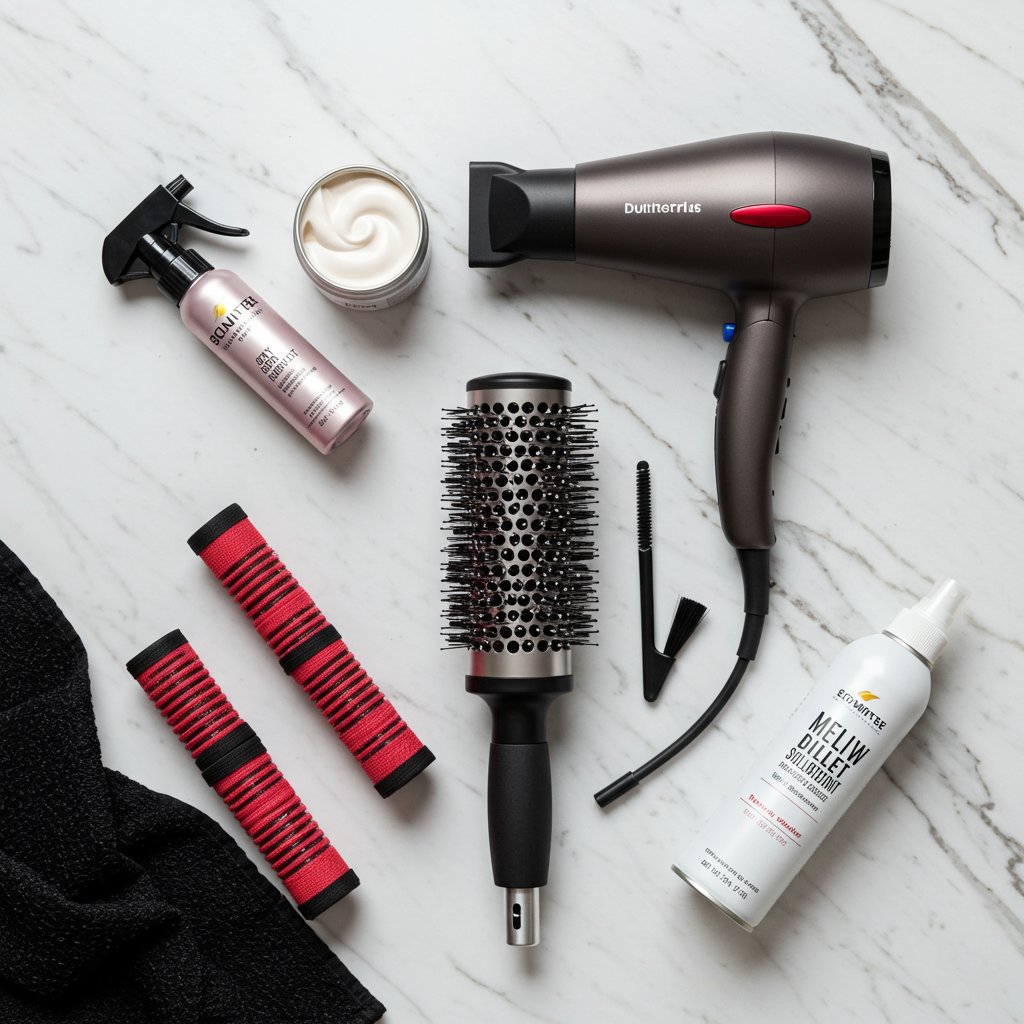
The Signature 90s Blowout Technique
This is the quintessential styling method for the butterfly cut. Start with damp, towel-dried hair and apply a volumizing mousse or spray at the roots and a heat protectant throughout. Section your hair, starting with the bottom layers. Using a medium to large round brush, blow-dry each section, lifting the roots up and away from your head to create volume. As you reach the ends, roll the brush inwards to create a soft, bouncy curl. For the top, face-framing layers, direct the hair forward and roll the brush away from your face to create that signature “swoop.” For extra staying power and even more volume, set each warm section with a large velcro roller and let it cool completely before taking them out. Finish with a light mist of flexible-hold hairspray.Low-Maintenance Air-Drying Tips
For a more casual, everyday look, the butterfly cut can be beautifully air-dried, especially if you have natural waves. After washing, gently squeeze out excess water with a microfiber towel. Apply a curl cream or wave spray to enhance your natural texture. You can gently twist small sections of your hair away from your face to encourage the layers to fall in a flattering way. Avoid touching your hair too much as it dries to prevent frizz. Once it’s completely dry, you can shake out the roots with your fingers and add a touch of texturizing spray to revive the volume and enhance the piecey-ness of the layers.Pro Tips for Maintaining Your Butterfly Haircut's Shape and Health
To keep your butterfly haircut looking fresh, bouncy, and healthy, a little maintenance goes a long way. The structure of this cut relies on the precision of its layers, so regular upkeep is key to preserving its beautiful shape and movement.
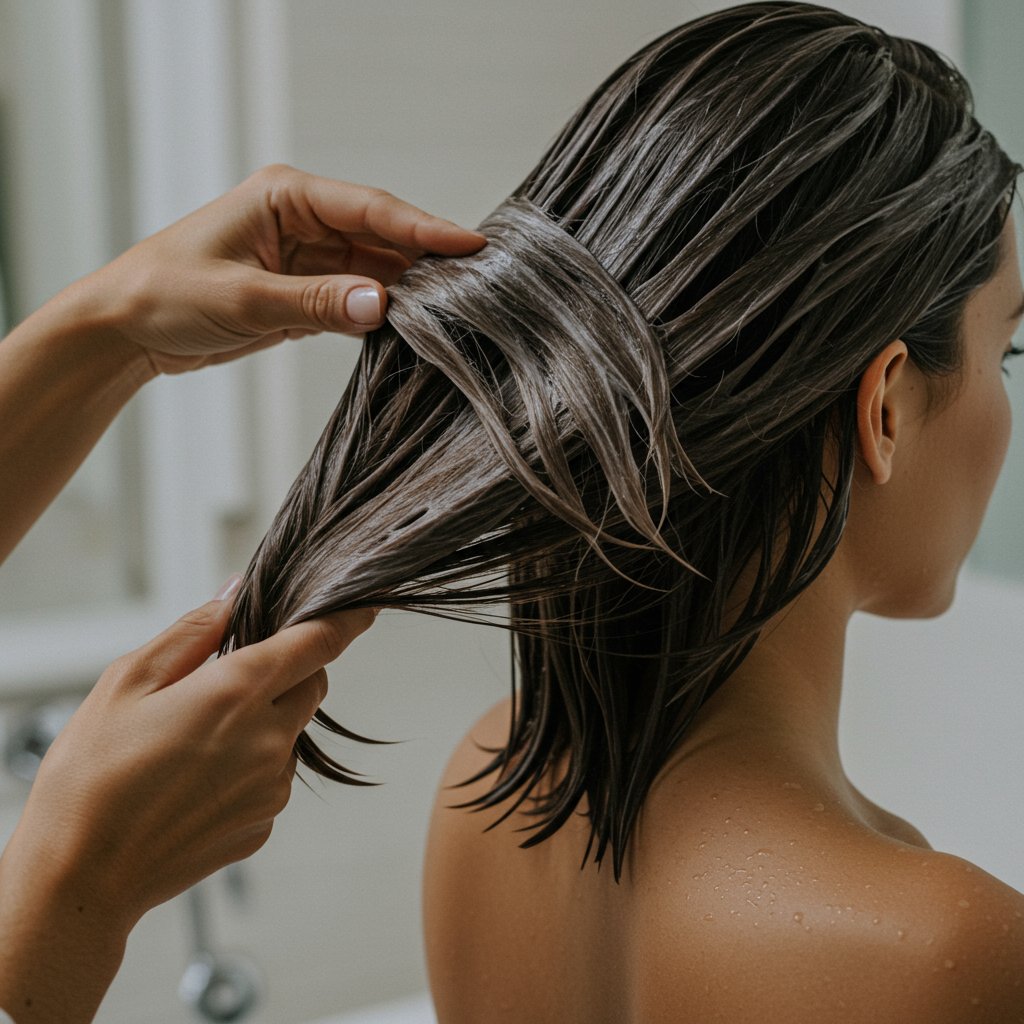
Regular trims are non-negotiable. Because the cut relies on a specific balance between the short and long layers, split ends and overgrowth can quickly weigh the style down and cause it to lose its signature shape. Plan to visit your salon for a trim every 8 to 12 weeks. This will keep the ends healthy and ensure the face-framing layers remain at the most flattering length. Between appointments, focus on hair health. Use a sulfate-free shampoo and a hydrating conditioner. Incorporate a deep conditioning mask into your routine once a week to nourish your ends and keep your hair strong and glossy. This is especially important if you frequently use heat styling tools to achieve the blowout look.
Heat protection is your best friend. Before any heat styling, always apply a quality heat protectant spray to shield your strands from damage. This simple step prevents breakage and keeps your layers looking sharp and healthy, not fried and frizzy. For second-day styling, a little dry shampoo at the roots can work wonders to absorb oil and restore volume. You can also quickly refresh the face-framing layers with a round brush and blow dryer or a large-barrel curling iron to bring the style back to life without having to wash and restyle your entire head.
Frequently Asked Questions About the Butterfly Haircut
1. Does the butterfly haircut work on short hair?
The true butterfly effect is best achieved on hair that is at least shoulder-length or longer, as it relies on the contrast between short and long layers. On shorter hair, a similar layered effect can be created, but it would be more akin to a heavily layered bob or a shag.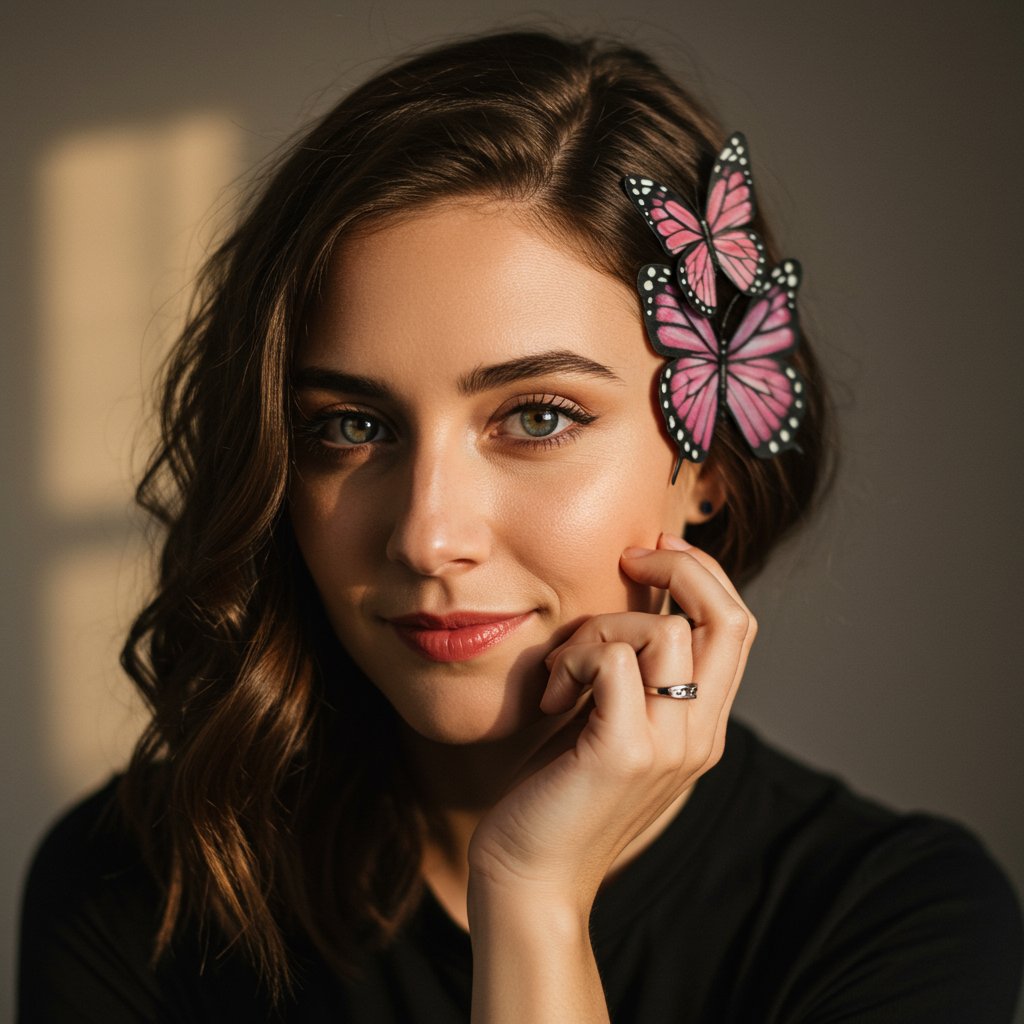
2. Can you get a butterfly cut with fine hair?
Yes, but with caution. A skilled stylist will use fewer, more strategic layers to create movement without removing too much density from the ends, which can make fine hair look thin. The focus will be on creating volume at the crown while keeping the baseline as full as possible.3. How often do I need to get it trimmed?
To maintain the distinct shape and prevent the layers from growing out unevenly, a trim every 8-12 weeks is recommended. The face-framing layers may require a quicker touch-up if you want to keep them at a specific length.4. Can I tie my hair up with a butterfly cut?
Absolutely! This is one of its major advantages. The long bottom layers ensure you can still easily pull your hair into a ponytail or bun. The shorter, face-framing layers may fall out, creating a soft, on-trend tendril effect that looks effortlessly chic.5. Is the butterfly haircut high-maintenance?
The maintenance level depends on your hair type and desired finish. If you want the full, bouncy blowout look daily, it requires styling time. However, if you have natural texture and are happy with an air-dried look, it can be relatively low-maintenance. The key is regular trims to maintain the shape.Conclusion: Embrace the Transformation
The butterfly haircut is more than just a fleeting trend; it’s a celebration of volume, movement, and versatile beauty. It offers a brilliant solution for those seeking a significant style change without a drastic commitment to losing length. By blending the best of 70s feathering and 90s glamour, it provides a look that is both timeless and perfectly suited for the modern era. Its ability to be adapted to various hair types and face shapes, coupled with its dynamic, dual-length structure, makes it a powerful tool for self-expression.
Whether you’re looking to add life to limp locks, remove weight from thick hair, or simply try a new, flattering shape, the butterfly haircut is a stunning option. It's a style that empowers you to feel polished, confident, and effortlessly chic. If you're ready to let your style take flight, a consultation with an experienced stylist is the first step toward achieving this beautiful, transformative look. Embrace the layers, the volume, and the freedom that comes with the modern shag's most sophisticated cousin.

